If a picture is worth 1,000 words, how much is a video worth, particularly when it’s shared with thousands of others via social media? In terms of the price tag for a farm’s reputation, or even the entire dairy industry, the wrong kind of video can be quite costly indeed. That has been demonstrated, yet again, as animal rights activist group released last month another undercover video depicting improper animal care practices on a dairy farm.
The abuses shown on these videos are far outside the norm for the nation’s dairy farms, and we need to call them for what they are: the disgraceful and offensive acts of a handful of poorly-managed individuals. Unfortunately, each time videos pop up, they damage our industry, which is exactly what the animal rights groups are seeking.
The other relevant question to be asked at times like this, is what else can be done to proactively address these situations? We’re not going to stop activists from infiltrating livestock operations – the resulting videos are too important to the fund-raising business model of these groups. The videos, with their selective and dramatic display of alleged abuses, are worth a great deal to such groups.
However, what we can do is work very hard to prevent the scenario where poorly-trained or unsupervised farm workers lack the understanding of how best to work with cows. As with many other societal challenges, the best long-term, proactive approach to addressing any lingering problem starts with education and training.
The good news is that we have an education program already in wide use: the National Dairy FARM Program. The Farmers Assuring Responsible Management approach uses a series of recommended best practices to help maintain and improve animal care on dairy farms.
NMPF started the FARM Program four years ago to provide a consistent, national, verifiable means of showing consumers and the food value chain how farmers responsibly produce milk. We’re way past the era of “just trust me on this one” rhetoric; we must have a national program with performance benchmarks, measurable outcomes, consequences for violators, and room to learn from past experiences and improve on the overall care metrics within the program’s parameters.
Since the early days of the FARM Program’s development, we have achieved widespread adoption of the program, due mostly to the commendable commitment that many dairy marketing organizations have made to the program. This includes an endorsement by the Innovation Center for U.S. Dairy, making the FARM Program the industry standard.
Now, we’re at an inflection point in the evolution of the FARM Program. The good news is that organizations representing 75% of the nation’s milk supply are supporters and participants in the program. But the parallel reality is that not all of those organizations have required that all of their farms be enrolled. In other words, in some organizations, both cooperatives and proprietary processors, there is not a requirement that each and every farm go through the second party evaluation process spelled out in the FARM guidelines. Nor are all of the farms then required to be available for the third party verification step that is so critical in providing objective, independent assessment of the program’s integrity.
To address this concern, the NMPF Officers are recommending that, in order to be listed as a participant in the FARM Program, a marketing organization must enroll all of its farmer suppliers. This means no opt out or selective expectations for some farms, but not others. In order to continue building the credibility and reach of the FARM program, we must ensure that all of the farms supplying milk to a cooperative or processor are enrolled in the FARM program protocols and practices.
We are also recommending strengthened provisions to address any allegations of farm animal abuse. These provisions would require immediate third party investigation, probation if the allegations are substantiated, and a corrective action plan that must be implemented to address needed improvements.
Together, these developments are not revolutionary, but rather an evolutionary next step. We made similar decisions a few years ago when the program was altered to phase out tail docking – because the practice cannot be supported by sound science. In order for the program to be credible, it has to reflect and grow with accepted best veterinary practices.
The same is true, then, when it comes to the FARM Program’s continued evolution. It must grow in breadth and participation to demonstrate our industry’s commitment on animal care. Standards are much less compelling if they are not uniformly applied. The NMPF Board of Directors will be examining this issue at our annual meeting in October. The result there will paint a clear picture about the future direction of not just the FARM Program, but also the commitment to our customers to continually improve our practices.
While we engage in these efforts, it is important for all of us to remember that no animal care program or set of requirements, regardless of their provisions or consequences, will ever eliminate the prospect of an animal abuse video showing up on social media. As I’ve noted, the acts seen on those videos are abhorrent aberrations from the quality animal care provided daily on the overwhelming majority of the nation’s dairy farms.
As farmers, we need to do our part to prevent these abuses from happening. And if they do happen, we need to deal swiftly and effectively with the perpetrators. When we do our part, we need our customers to stand with us.
Instead of reacting to activist campaigns that, at their heart, want to eliminate our entire industry, let’s work together – farmers, processors and dairy food marketers – to ensure consumers understand our collective commitment to quality animal care and a safe, wholesome milk supply.
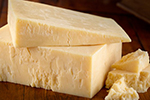 The recent release of the official text of the free trade agreement between the European Union and Canada has triggered dairy industry charges that the authors are attempting to further restrict U.S. access to the Canadian cheese market.
The recent release of the official text of the free trade agreement between the European Union and Canada has triggered dairy industry charges that the authors are attempting to further restrict U.S. access to the Canadian cheese market.

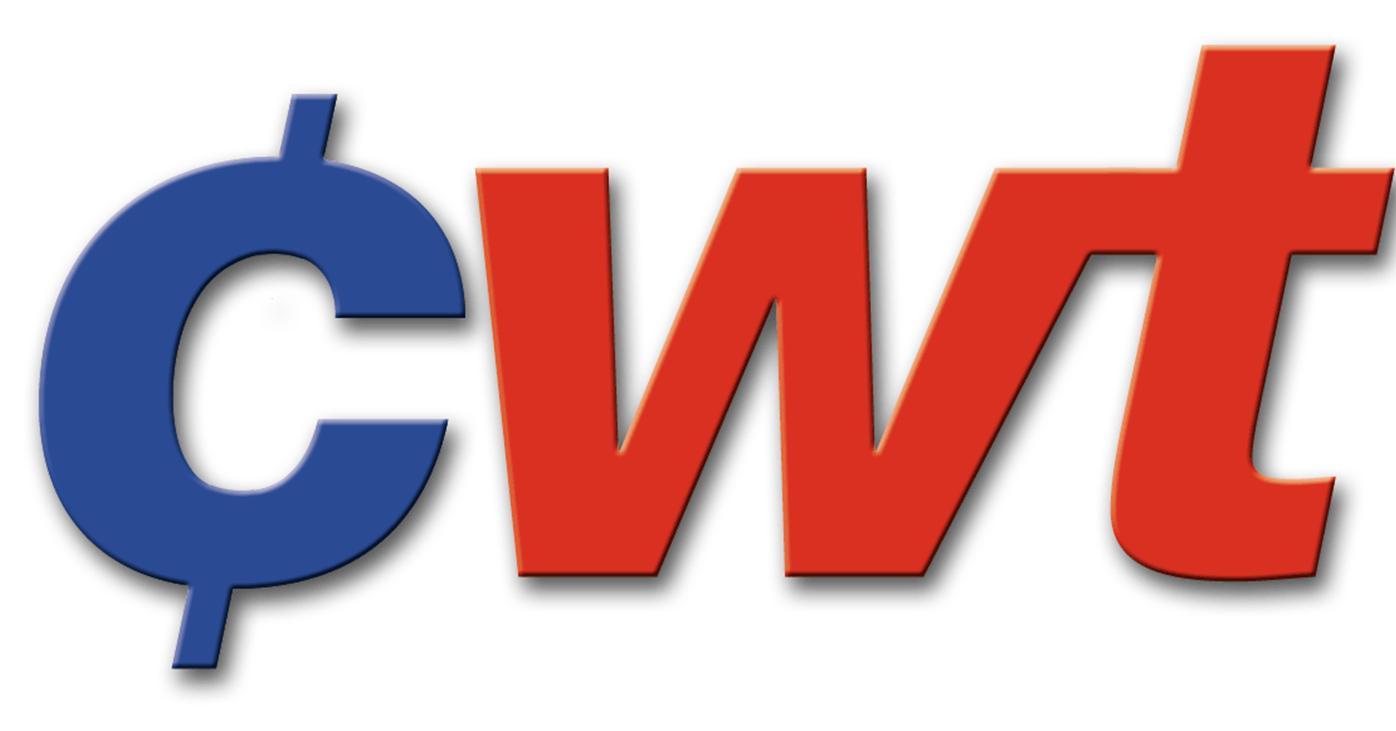 Cooperatives Working Together
Cooperatives Working Together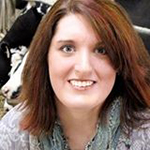 Two standout dairy producers – Carrie Mess of Wisconsin and Carla Wardin of Michigan – are among eight finalists competing in the latest Faces of Farming and Ranching competition organized by the U.S. Farmers and Ranchers Alliance. The winners will be announced next month in Kansas City.
Two standout dairy producers – Carrie Mess of Wisconsin and Carla Wardin of Michigan – are among eight finalists competing in the latest Faces of Farming and Ranching competition organized by the U.S. Farmers and Ranchers Alliance. The winners will be announced next month in Kansas City. The public will have 10 days starting on October 24 to vote online for the second-round winners. The final decisions will be made by USFRA and be announced during the National Association of Farm Broadcasting annual meeting in Kansas City November 12.
The public will have 10 days starting on October 24 to vote online for the second-round winners. The final decisions will be made by USFRA and be announced during the National Association of Farm Broadcasting annual meeting in Kansas City November 12.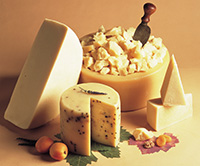 Geographical Indications, Reallocated Cheese Quotas Would Restrict U.S. Access to Canadian Markets
Geographical Indications, Reallocated Cheese Quotas Would Restrict U.S. Access to Canadian Markets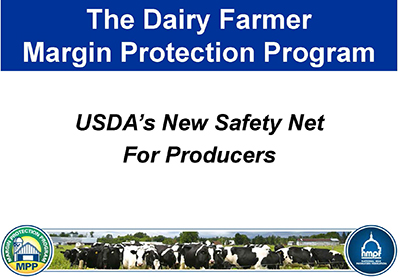
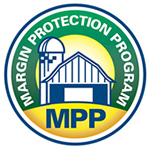 A day that many in the industry had been anticipating for five years finally arrived August 28, when the Agriculture Department formally launched the new federal dairy safety net included in the 2014 farm bill. Now, it’s up to producers to get to know the plan, make their coverage decisions and sign up before the November 28 deadline.
A day that many in the industry had been anticipating for five years finally arrived August 28, when the Agriculture Department formally launched the new federal dairy safety net included in the 2014 farm bill. Now, it’s up to producers to get to know the plan, make their coverage decisions and sign up before the November 28 deadline. President Obama will not take any administrative action on immigration until after the November elections, the White House announced earlier this week, ending expectations that agricultural employers will benefit any time soon from changes to the nation’s labor laws.
President Obama will not take any administrative action on immigration until after the November elections, the White House announced earlier this week, ending expectations that agricultural employers will benefit any time soon from changes to the nation’s labor laws. Additional Trans-Pacific Partnership (TPP) negotiations took place last month, as the 12 countries participating in those trade discussions continue to work to bring talks to a conclusion. The impasse at this stage remains how Japan and the U.S. will handle agricultural market access. The outcome of those talks is critical for NMPF’s members, not only because of the importance of a high quality deal for dairy access into the Japanese market, but also because the result of those agricultural discussions are expected to set the tone for additional elements that remain unresolved, such as access to the Canadian market. NMPF remains deeply engaged in advocating for a strong TPP agreement and is consulting regularly with the U.S. negotiating team to help support that result.
Additional Trans-Pacific Partnership (TPP) negotiations took place last month, as the 12 countries participating in those trade discussions continue to work to bring talks to a conclusion. The impasse at this stage remains how Japan and the U.S. will handle agricultural market access. The outcome of those talks is critical for NMPF’s members, not only because of the importance of a high quality deal for dairy access into the Japanese market, but also because the result of those agricultural discussions are expected to set the tone for additional elements that remain unresolved, such as access to the Canadian market. NMPF remains deeply engaged in advocating for a strong TPP agreement and is consulting regularly with the U.S. negotiating team to help support that result. NMPF and the
NMPF and the 



